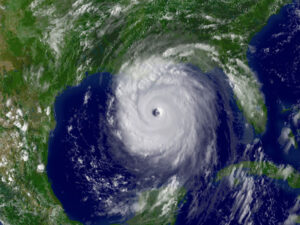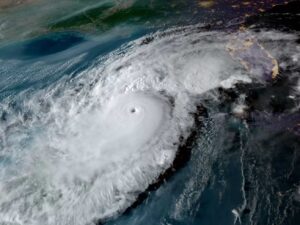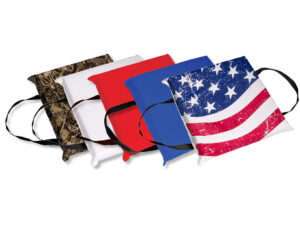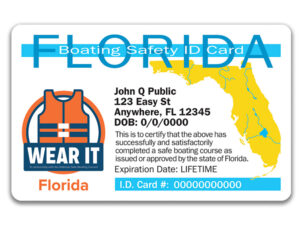Water in boat fuel, particularly water in gasoline, is bad news. Water does not compress, so it can damage an engine mechanically. Water can wash away or dilute lubrication and hurt your engine by increasing friction. Water can cause corrosion. And, when mixed ethanol-blended gas can instigate a process known as, “phase separation” that creates a gelatinous sludge in your tank that cannot be burned and may require the entire fuel supply to be disposed of at great cost and with great care–if you are lucky enough to not have had engine damage.
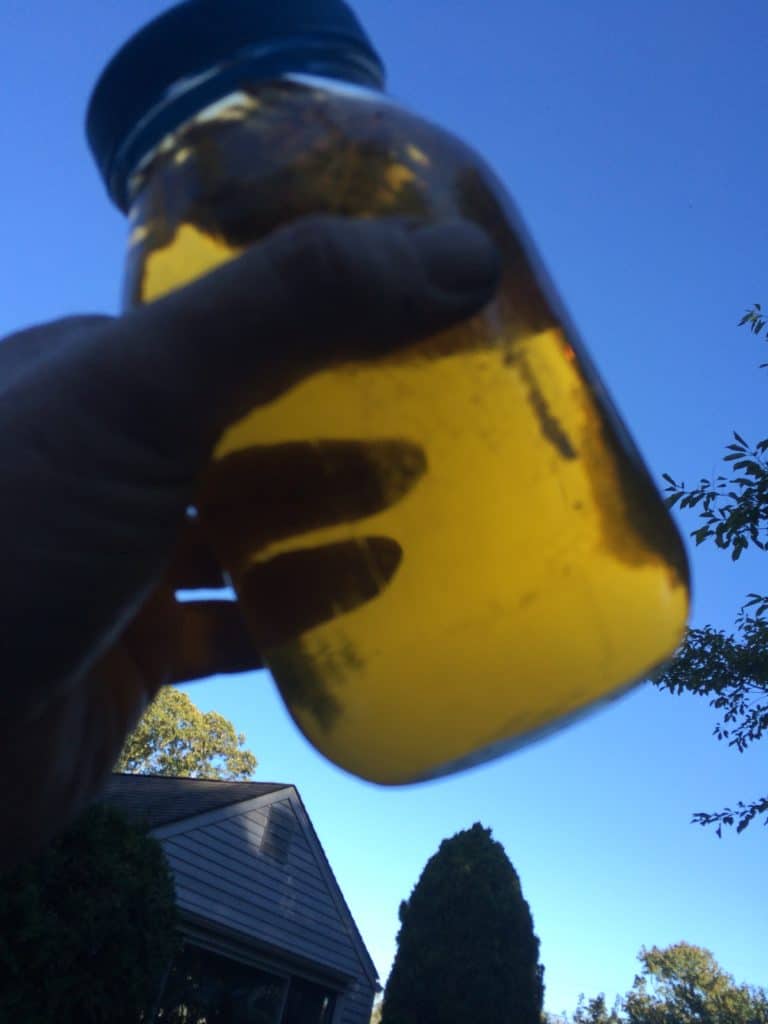
A simple way to see what’s going on with your fuel supply is to dump the contents of a fuel filter into a clean, clear glass jar. Let the fuel settle. After a few minutes water will layer out, and if the fuel is clean and water free, the contents will be a pure amber color, like the jar in the first photo. If the contents of the jar appear to have a clear bubble at the bottom (gas floats on water, remember), there is some water contamination. Siphon the water from the bottom of the tank. If phase separation from ethanol and water mixing, this bubble will be a gelatinous white, as shown in the photo, you likely need to call an environmental services company to safely dispose of this bad fuel. You will also be able to see any sediment in the jar….any more than a spec or two is cause for concern.
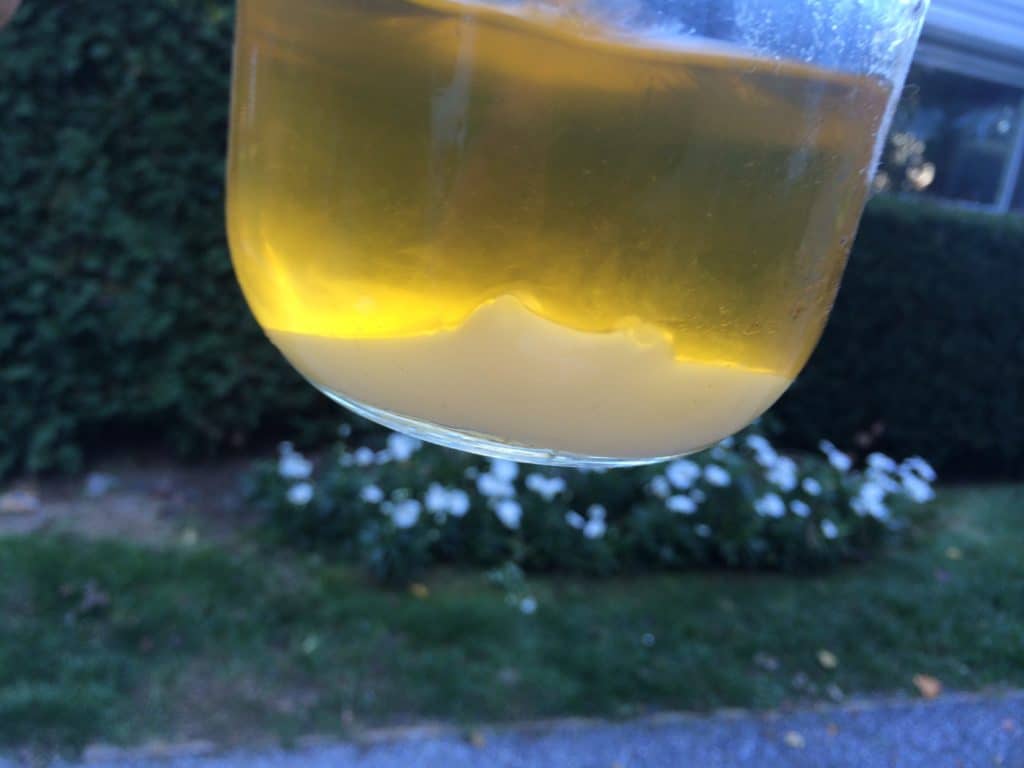
BONUS TIP Fuel stabilizers can prevent fuel from going bad; they do not return bad fuel to a useable state.

